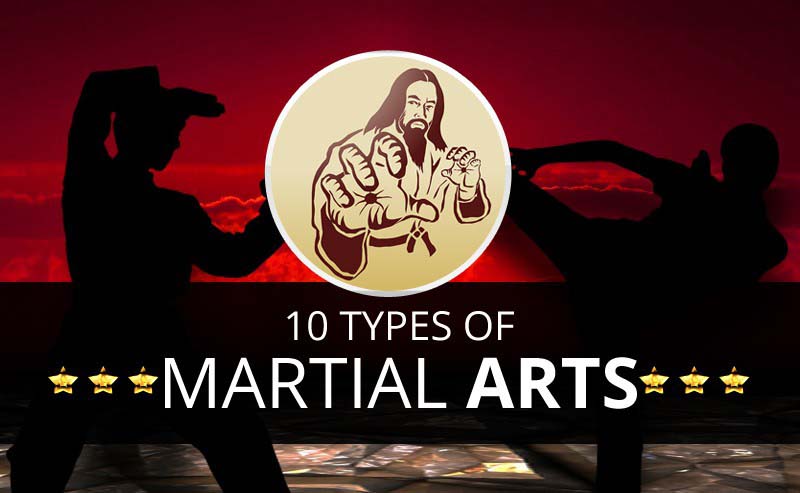The History And Viewpoint Of Martial Arts: A Deep Dive
The History And Viewpoint Of Martial Arts: A Deep Dive
Blog Article
Uploaded By-Gentry Friedman
Enter the old world where martial arts were substantiated of necessity in diverse areas. Societies crafted special battling styles intertwined with historic contexts. Strategies developed over centuries with committed technique and social exchanges. Today, modern martial arts blend standard elements for optimal efficiency. Philosophically, martial arts emphasize discipline, self-improvement, and harmony. Regard, humbleness, and balance are fundamental principles leading experts in the direction of development and strength. Discover the midsts of this abundant history and ideology to reveal the extensive influences shaping this long-lasting technique.
Origins of Fighting Style
Fighting style originated in various regions around the globe, evolving as functional combat systems to resist dangers. These old battling designs were developed out of requirement, with each society crafting techniques matched to their unique environments and difficulties. From the grappling arts of Jujutsu in Japan to the striking methods of Kung Fu in China, martial arts were deeply linked with the historic, social, and cultural fabric of their respective cultures.
In Japan, the samurai course refined martial arts like Kenjutsu, the art of the sword, which later on advanced into the more promoted kind of Kendo. Meanwhile, in Kids martial arts , Capoeira emerged as a blend of dance and battle, produced by enslaved Africans as a way to withstand oppression. Each martial art carries with it a rich background and ideology, mirroring the worths and ideas of individuals that exercised them.
As you explore the beginnings of martial arts, you discover a tapestry of human ingenuity, resilience, and the unyielding spirit of warriors throughout time.
Evolution of Strategies
Through centuries of practice and improvement, combat techniques within numerous martial arts have undertaken an extensive advancement. From ancient styles like Kung Fu and Martial arts to much more contemporary self-controls such as Brazilian Jiu-Jitsu and Krav Maga, the evolution of techniques has actually been driven by a mix of social impacts, useful applications, and technological developments.
One significant aspect of this evolution is the cross-pollination of methods between various martial arts. For instance, techniques from conventional Japanese Jiu-Jitsu were included into the development of Judo by Jigoro Kano in the late 19th century. This blending of designs has brought about the growth of hybrid martial arts like Mixed Martial Arts (MIXED MARTIAL ARTS), which incorporate aspects of striking, grappling, and entry strategies.
Additionally, the development of techniques has been shaped by the increasing focus on performance and effectiveness in fight. Professionals have actually continuously looked for to refine their methods via strenuous training, experimentation, and competitors, resulting in the advancement of highly specialized and efficient battling designs. Generally, the advancement of methods in martial arts shows the dynamic nature of combat and the recurring pursuit for improvement and development.
Thoughtful Structures
Exploring the underlying philosophical concepts of martial arts offers understanding right into their core worths and directing ideas. At the heart of several martial arts self-controls is the principle of discipline itself. By educating your body and mind to serve as one natural unit, you grow discipline that expands beyond the dojo or fitness center right into everyday life. This self-control encompasses respect, humbleness, and self-control, forming not simply your physical capabilities however additionally your personality.
Another basic philosophical structure in martial arts is the idea of continual self-improvement. The journey of grasping a fighting style is perpetual, with professionals regularly aiming to much better themselves, both literally and psychologically. This concentrate on development promotes strength, determination, and a development state of mind that can be applied to all aspects of life.
Additionally, martial arts emphasize the importance of consistency and equilibrium. Techniques are designed to utilize a challenger's power against them, highlighting the concept of generating and redirecting force as opposed to meeting it head-on. This ideology reaches interpersonal partnerships, advertising calm resolutions and good understanding. By embracing these philosophical foundations, martial musicians not only improve their fight skills however additionally cultivate a way of living centered on individual growth, regard, and harmony.
Final thought
Finally, the history and philosophy of martial arts supply a rich tapestry of practice, discipline, and self-improvement.
Consider example the tale of Bruce Lee, that reinvented martial arts by blending different designs and philosophies to develop his very own one-of-a-kind type of Jeet Kune Do.
Through devotion and technology, martial musicians remain to push boundaries and influence others to reach their full potential both in fight and in life.
